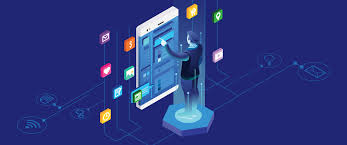History repeats: The high stakes of the digital divide for seniors and why it matters.
2024 What's Next Longevity Venture Summit (online)
2024 Longevity Venture Summit (DC)
 Has the tech user experience substantially improved? For years device and software tech ‘improved’ to a point of widespread optimism about our tech future. Certainly access has improved: Ninety-five percent of Americans use the Internet and more than 80% have broadband at home. Today there are numerous programs to subsidize access, and smartphone penetration has exceeded 92%. One would believe this ubiquity of access might make us hopeful that we are now in the era of tech helping consumers of all ages, no matter what task or level of knowledge.
Has the tech user experience substantially improved? For years device and software tech ‘improved’ to a point of widespread optimism about our tech future. Certainly access has improved: Ninety-five percent of Americans use the Internet and more than 80% have broadband at home. Today there are numerous programs to subsidize access, and smartphone penetration has exceeded 92%. One would believe this ubiquity of access might make us hopeful that we are now in the era of tech helping consumers of all ages, no matter what task or level of knowledge.
Or has the tech user experience also deteriorated? According to research interviewees from multiple reports, the user experience across multiple categories of technology is on the decline, and in some cases the drop in customer experience quality is precipitous -- will conversational AI help? Here are examples, some drawn from the current research into the topic: